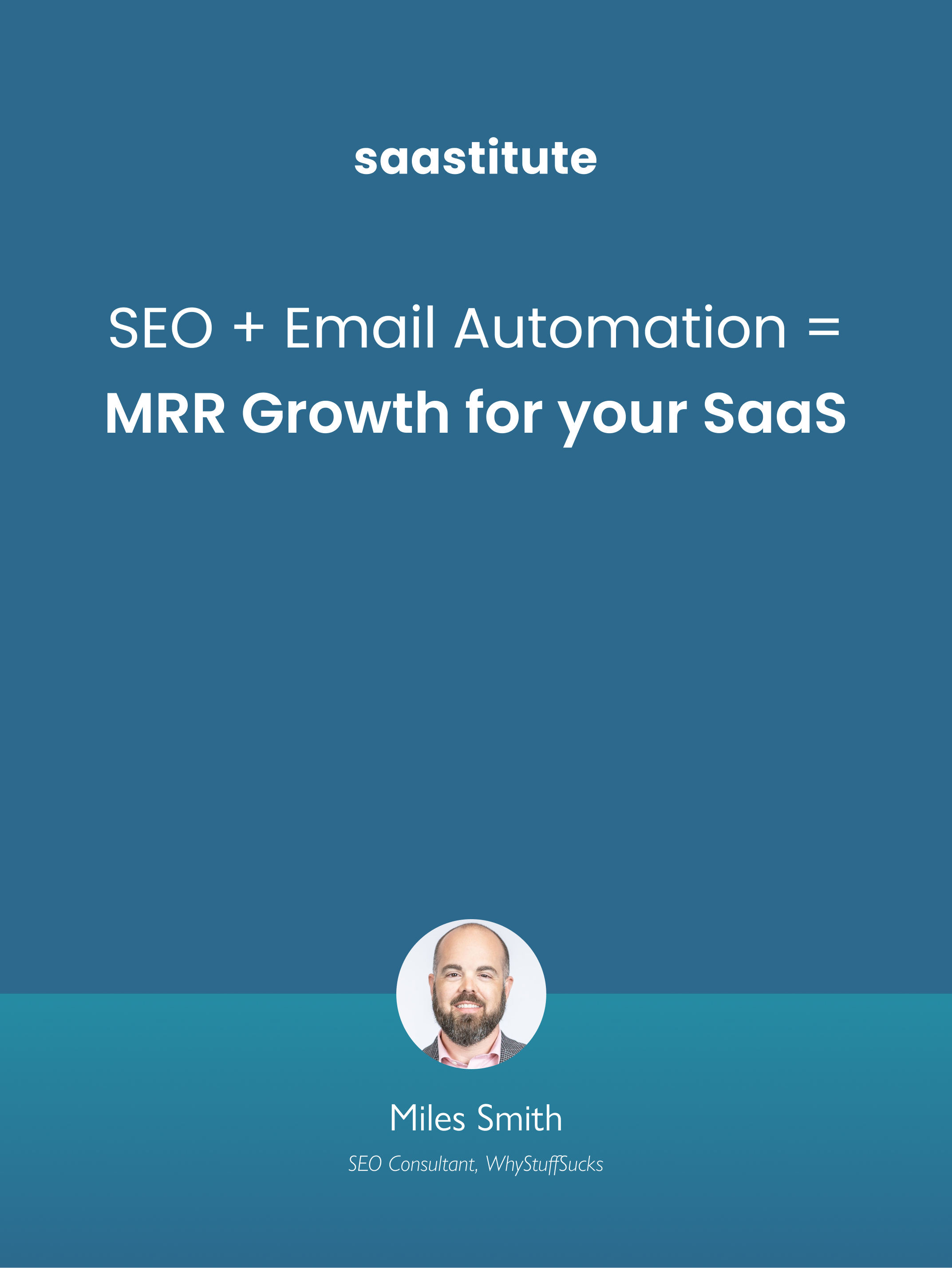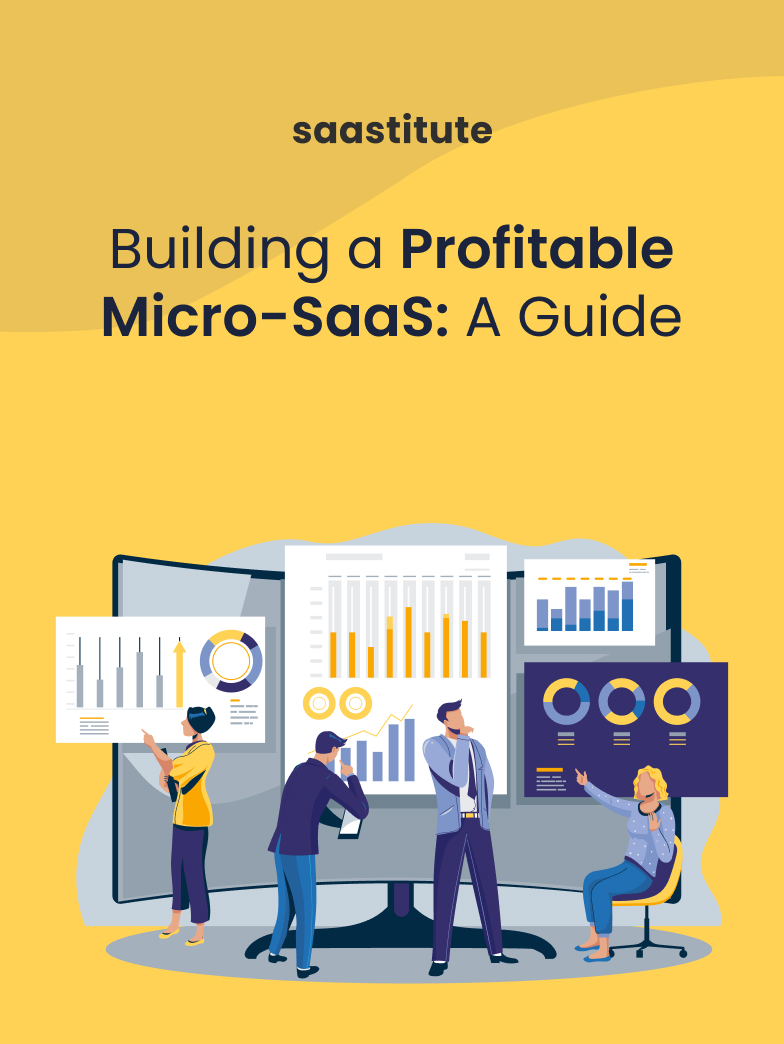Top 7 SaaS Trends to Keep Up With In 2021
A detailed overview of how artificial intelligence, vertical SaaS, API integration, micro SaaS, mobile optimization, grey labelling, low code and no code tools will change SaaS industry in 2021 and ahead.

For an industry as transitory and fast-evolving as SaaS, there is no 'one-all be-all.' Markets change, needs evolve, products pivot and valuations trigger. A well-performing solution today would be a thing of the past, if it doesn't cater to the changing needs of its user. In fact, SaaS innovation is the only constant.
To be on top of things, we picked out the most popular SaaS trends that you must keep up with to be a market leader in 2021 and beyond.
Let's take a look at the best seven trends of SaaS to catch up within 2021.
- Artificial Intelligence
- Vertical SaaS
- API Integration
- Micro SaaS
- Mobile optimization
- White labelling
- No code and low code tools
Let’s take a look at how these trends will change the SaaS industry in detail:
1. Artificial Intelligence
It is projected that the market value of SaaS industry will be $733.7 billion by 2027. Once that sinks in, are you curious about its role in the Saas industry?
The way AI streamlines processes, adds to productivity by automating repetitive tasks and supports human effort is commendable. AI-backed SaaS solutions are more responsive and intuitive when it comes to serving businesses needs.

SaaS with AI capabilities use advanced neural networks, ML for pattern recognition and other such superpowers to enable beneficial results to keep businesses ahead of the times. AI-backed reporting tools automate KPI tracking to produce simplified results and even indicate the problem areas in execution.
The technology will disrupt the SaaS industry with its data analytics, execution speed and personalized approach.
2. Vertical SaaS
In 2021, Vertical SaaS is set to rise. It, by definition, means a group of software solutions that serve the needs of a niche industry. They provide for the distinct needs of a single industry or a narrow market.
The Vertical SaaS market is growing at speed and will see massive momentum in terms of product demand because users appreciate targeted solutions over generic offerings. Since Vertical-SaaS is business-specific and supports extensive customizations to satisfy the precise needs of the niche customers, they set them up for success.
Building a Vertical SaaS is a good idea because the customer acquisition cost is low with limited marketing spend. Simultaneously, the retention rates are high if the SaaS products keep up with changing market trends.
3. API Integration
The SaaS model has simplified the conditions of adopting software, scaling a business and maintaining hardware. The advent of SaaS has helped companies focus on their core operations while lowering their IT cost.
The constant demand has led Saas owners to look for easy ways to simplify the building or their software product. API or Application programming interfaces are the best way to deeply integrate ready-made modules into their own SaaS, enhancing its capabilities. API integration is an essential component of the strategic scaling of SaaS businesses.
In 2021, APIs will revolutionize SaaS across industries by serving simple codes for complex functions. Users appreciate how API-first SaaS businesses are easy to integrate and can initiate a community around its potential use-cases.
4. Micro SaaS
Much like the God of small things, there is a SaaS for small markets called Micro SaaS. Micro SaaS products focus on niche markets, function on scant resources and solve peculiar problems.

They also scale rapidly and consume fewer resources than traditional SaaS. The product is often an MVP and is backed by a small team. However, the unidirectional approach of Micro-SaaS businesses makes them tough competitors even for some big players in the SaaS markets. If you are looking for a flexible SaaS product with a focused approach, you must build a Micro SaaS
Are you looking for some cool Micro SaaS ideas? 2021 and forward, the Micro SaaS model is set to become more valuable across Industry verticals. Find them here.
5. Mobile Optimization
Most SaaS businesses struggle with conversions. To create more opportunities to sell your Saas, make it accessible via multiple devices, especially mobile phones.
More people are using mobile as a primary platform, says a comscore.com report. Target users may find your product through an organic search or during casual browsing through their handset. It's essential to make your landing page mobile-ready so that they can check out your features and pricing quickly. Once you understand a prospect's motivations for accessing your website via mobile, you can find better ways to meet their expectations.

Make sure that your mobile website version provides a succinct overview of your product and engagement models without much fluff because attention is fragmented when a user opens your website via mobiles. Simple tricks like a CTA for a Demo request and adding a phone number on the home screen can help you with more conversions via mobile phones.
6. Grey Labelling
White labelling allows SaaS businesses to offer a fully developed, tested, and finalized platform to another company so that they can customize and sell it under their branding. It helps businesses capture market share quickly and with less logistical costs associated.
As a SaaS founder, you may have mixed emotions about white labelling for the way it hampers your branding. Putting that in hindsight, what you should celebrate is the ARR that it guarantees. In fact, customers do figure it out in the end, so, likely, you would not miss out on any brand benefits even after white-labelling your SaaS product. Many famous products like Stripe and Twilio, among many others, are white-labelled and still doing well for themselves.
However, if you can not wrap your head around letting your branding benefits go away, 'grey labelling' is the middle path you are looking for. SaaS products do not completely remove their branding from a product during customization for clients and are categorized under Grey label offerings. For example, placing the text 'powered by' on the home page is the ideal grey labelling trick.
7. No code and Low Code Tools
As SaaS products grow in popularity, the demand for no-fuss SaaS creation tools also grows. No code and low code platforms in particular aid people with less technical expertise to build their SaaS.
These tools do not eliminate the need for a developer or engineer, but they simplify the workflow and shorten the time-to-market for a new launch. No-code and low code tools also leave you to dedicate your time to heavy-lifting like innovation and sweating.
No code SaaS capabilities signal a burgeoning SaaS industry trend that is worth leveraging if you're looking to venture into the market with your software business idea.

Becoming the Leader and Staying SaaSy
If you are a SaaS owner, it's time to rethink how you can leverage these emerging trends to make your product more business relevant. SaaS innovation begins with market needs, and these trends represent the current state of the industry. Unlock better business opportunities with these SaaS trends in 2021.














.svg)


